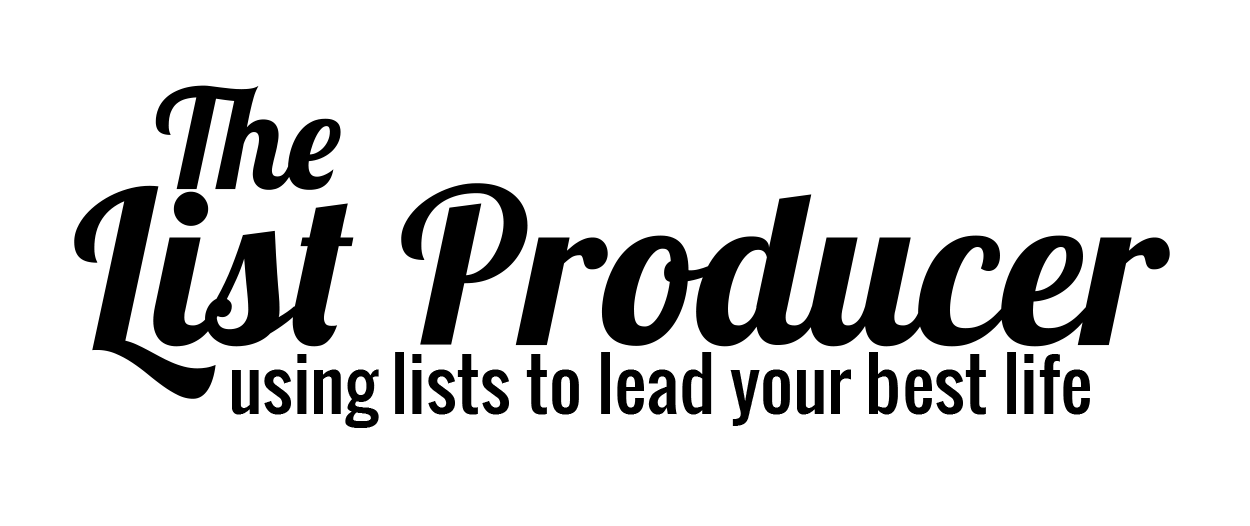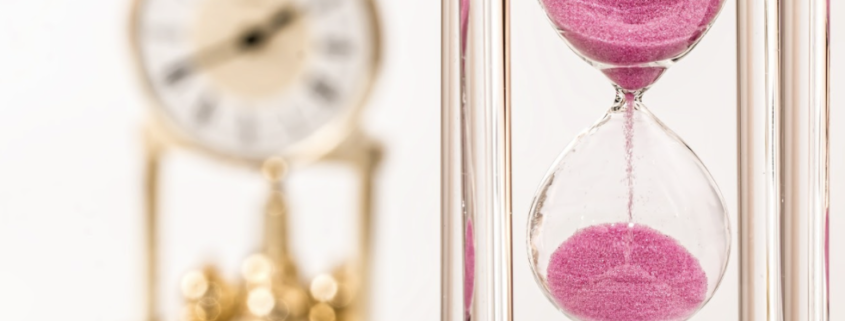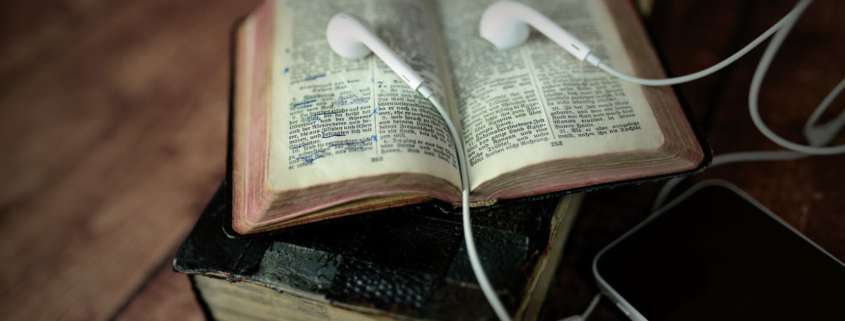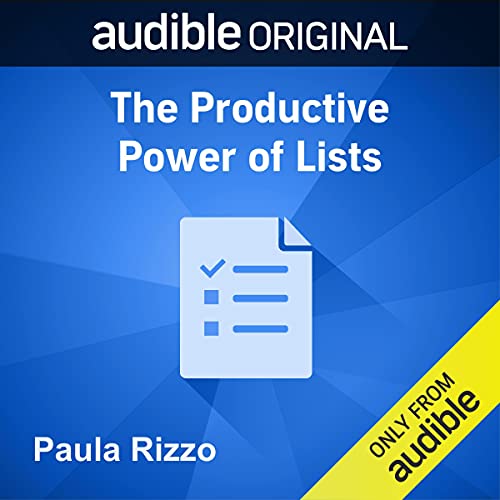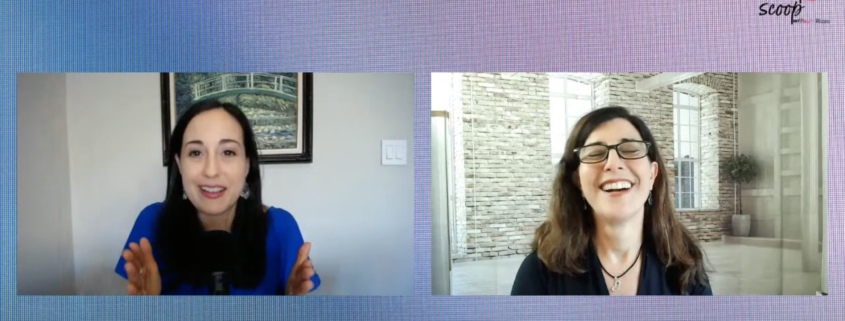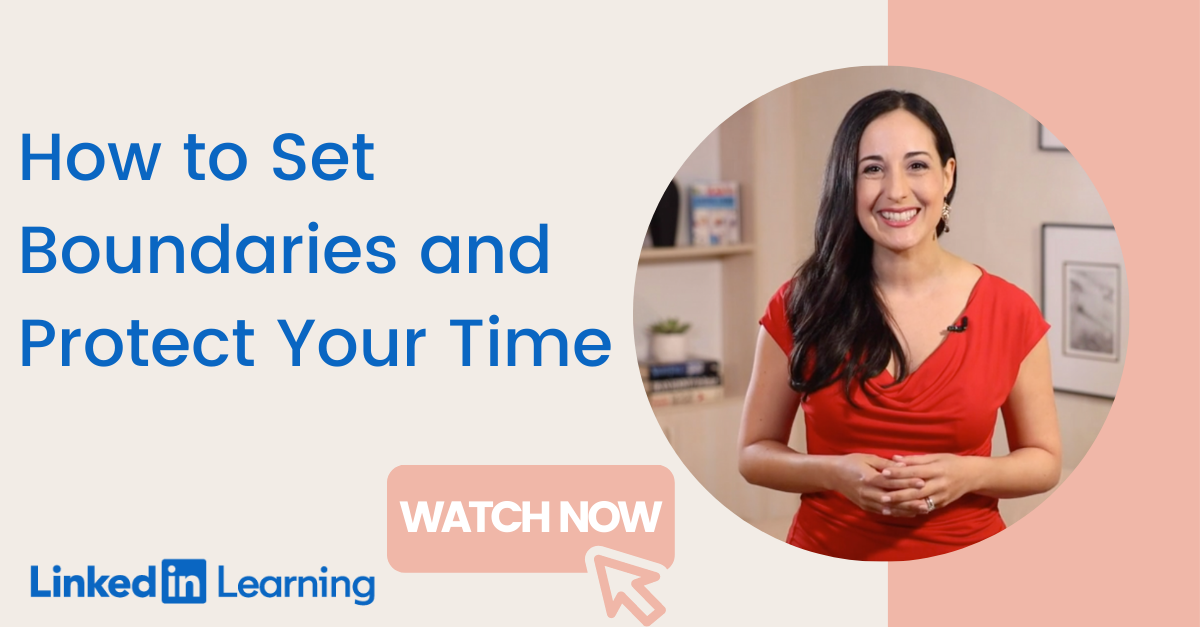Graduating from Procrastination
___
BONUS FREEBIE: Want even more ways to stay organized, productive and less stressed? Click here to get access to my List-Making Starter Kit. It will boost your efficiency and get you back to doing more of the things you love.
___
Procrastination. We all do it. Maybe you see it as a bad habit you’re trying to stop. Or you see it as an asset because you “work best under pressure.”
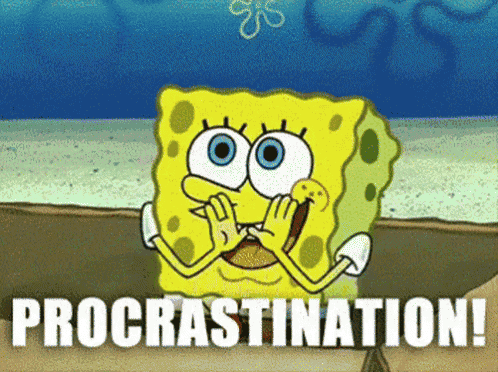
But if you always leave things to the last minute, is that really true? Either way, leaving yourself more time and systematically working on something can’t hurt.
According to a study at the McCraw Center for Teaching and Learning at Princeton University, “our reasons for delaying and avoiding [tasks] are rooted in fear and anxiety-about doing poorly, of doing too well, of losing control, of looking stupid, of having one’s sense of self or self-concept challenged.”
In short, we put tasks off that we don’t want to do. And we don’t want to do them because we’re afraid we’ll fail.
So how do we get over the fear? And get started accomplishing our goals?
Here are four steps to help you graduate from procrastination.
The Productive Power of Lists
The simple to-do list can be a mighty productivity tool. Lists can help you approach goals in a more intentional way, set the right priorities, and hold yourself accountable. Which can help you achieve more at work and in your career.
And you’re 33 percent more likely to do something if you write it down!
And my new Audible masterclass “The Productive Power of Lists” is here to help you get started!
This class will help you use lists to your maximum advantage. In this masterclass, you’ll learn to assess the work you have in front of you and identify how to best spend your time. You’ll figure out what to work on versus what to delegate, what’s important versus what can wait. From evaluating tasks through the lens of your top priorities to embracing your own productivity rhythm and scheduling free time to recharge, my Audible masterclass will empower you to accomplish more of what’s meaningful.
Some highlights of the class are:
- My four-step formula for creating a list-making system.
- What a “distraction placeholder” is and how to use it.
- How to find your personal productivity style (and how to use that to effectively schedule your days).
- Why an accountability buddy can be the secret to getting things done.
- How to stay productive when working in a group.
- What a “to become” list is and how it helps you envision your dream life.
To hear a sample of “The Productive Power of Lists” click here.
Handling Distractions in a Hybrid World
___
BONUS FREEBIE: Want even more ways to stay organized, productive and less stressed? Click here to get access to my List-Making Starter Kit. It will boost your efficiency and get you back to doing more of the things you love.
___
Whether working from home or returning to the office, there are distractions everywhere. And we need help.
That’s why I invited focusologist, Penny Zenker, on the most recent episode of my live-streaming show Inside Scoop, “Handling Distractions in a Hybrid World.”
Here are a few tips we discussed to understand, avoid, and deal with distractions.
1) Understanding your distraction type.
Penny breaks distractions into three categories: emotional, physical, and environmental.
Emotional distractions are the biggest category. Penny explained these can be “taking care of your parents who are older, or if your kids are sick, or you got passed over for the job that you wanted.” Emotional distractions are things that happen in your life that take up your thoughts and energy, distracting you from what you need to do presently.
Then there’s physical distractions. Penny says these are things like “stopping my kids from coming in.”
And then there’s environmental distractions. Like being too cold or too hot. These are external factors that distract us from the task at hand.
2) Creating awareness.
Now that you’re aware of the type of distraction you’re dealing with, you can work to prevent it in the future.
Penny walked us through an example for those of us returning to the office: “What do you do about those got-a-minute meetings where somebody comes and stops by your desk?”
You can set up boundaries. You can put up your away message. Or block your calendar. Or set up specific office hours so people know when (and when not) to stop by.
For individuals, Penny suggested having predefined things to say. She says something like, “I only have five minutes. Is it something we can handle real quick?” works great. This lets people know how much time you have. And if it can’t be handled in that time frame, you can set up a time to meet about it later.
As a company, or team leader, make it a point to listen to your team members and be proactive in setting policies to help minimize the distractions they face.
___
Interested in keeping out distractions by creating more boundaries? Join me for my LinkedIn Learning Course “How to Set Boundaries and Protect Your Time.”
___
3) Getting back on track.
Not all distractions are avoidable. That’s why I developed my distraction placeholder method.
I keep my to-do list next to me at all times. And on the lower left-hand side at the very bottom, I leave an area open for my distraction placeholders.
So if I’m in the middle of writing an email and I get distracted, I stop. I write down what I was doing. Then I allow myself to be distracted by answering the phone or the door. (It’s a little bit like mindful meditation.)
And when I return from my distraction, I look at my placeholder to know exactly what I was doing and pick up where I left off.
You can see how I do it and download that for free here.
___
BONUS FREEBIE: Want even more ways to stay organized, productive and less stressed? Click here to get access to my List-Making Starter Kit. It will boost your efficiency and get you back to doing more of the things you love.
___

